When Do You Need an ERP System for Manufacturing?
1. Disparate Systems & Manual Workarounds
If your data lives across spreadsheets, standalone scheduling tools, and a separate accounting package, you’re losing time—and accuracy—when reconciling figures. Manual copy-and-paste operations lead to version confusion, missing entries, and human error.
With ERP, production schedules, inventory counts, sales orders, and financial ledgers update in real time. A central database means your shop-floor teams, planners, and finance share the same “single source of truth,” reducing rework and decision lag.
2. Inventory Management Challenges
Frequent stockouts cause costly production stoppages, while excess inventory ties up capital and storage space. Without real-time visibility into raw materials, work-in-progress, and finished goods, you can’t optimize reorder points or safety stocks.
ERP systems provide automated alerts for low-stock levels, integrated purchase requisitions, and vendor lead-time tracking. Batch and serial number tracking ensure every component is traceable—from supplier receipt through final shipment—critical for recalls and quality audits.
3. Slow & Inconsistent Reporting
Does finance wait days to close the month-end because reports must be manually collated? Do operations need separate BI tools to generate production KPIs? These delays and tool fragmentation impair timely decision-making.
An ERP dashboard delivers real-time metrics—OEE, cycle times, order fulfillment rates, and gross margin—accessible on desktop or mobile. Drill down from corporate KPIs to specific production lines or work centers in seconds, enabling proactive management instead of reactive firefighting.
4. Scalability & Diversification Needs
Adding new product lines exponentially increases your bills of materials (BOMs), work center routings, and quality specifications. Entering new markets brings currency conversions, tax configurations, and reporting standards.
Modern ERP platforms let you manage multiple companies, sites, and currencies in a single instance. Standardized core processes—order-to-cash, procure-to-pay, production planning—can be replicated across plants with local adaptations, reducing implementation time and governance overhead.
5. Regulatory & Quality Compliance
Industry certifications—ISO 9001, GMP, FDA 21 CFR Part 11, Halal—require documented procedures, electronic signatures, and audit trails. When an audit “walks the floor,” manual logs and paper binders are slow to inspect and prone to gaps.
ERP enforces standard workflows, captures timestamps, and stores digital records of inspections, nonconformance reports (NCRs), and corrective actions. Built-in document management ensures controlled release and revision of SOPs and work instructions.
6. Production Planning Variability
Last-minute rush orders or equipment downtime wreak havoc on static production plans. Simulating alternate scenarios—what if this order moves, or that machine is offline—usually requires spreadsheets, which lack true capacity modeling.
ERP planning engines support finite loading, sequencing optimization, and constraint-based scheduling. When reality deviates, dynamic rescheduling automates order reprioritization and capacity adjustments, keeping your lines running smoothly.
7. Real-Time Collaboration Requirements
Manufacturers today rely on hybrid teams—design engineers, sales reps, procurement officers, and shop-floor operators—often spread across sites or working remotely. Delays in sharing order changes, quality feedback, or inventory forecasts ripple through the supply chain.
Cloud-enabled ERP portals provide secure, role-based access for internal teams and external partners. Suppliers can view forecasts and lift existing purchase orders; customers can track order status and delivery confirmations. Everyone stays synchronized, reducing email chains and ad hoc calls.
8. Cost Control & Profitability
As margins tighten, identifying hidden costs—excess scrap, rework loops, unplanned downtime—becomes critical. Traditional systems struggle to allocate overhead accurately or tie costs back to individual batches and work orders.
ERP integrates actual costing, variance analysis, and overhead absorption. You’ll see exactly where costs deviate—whether it’s labor, materials, or machine time—and take targeted corrective actions to boost profitability.
Ready to transform your manufacturing operations?
